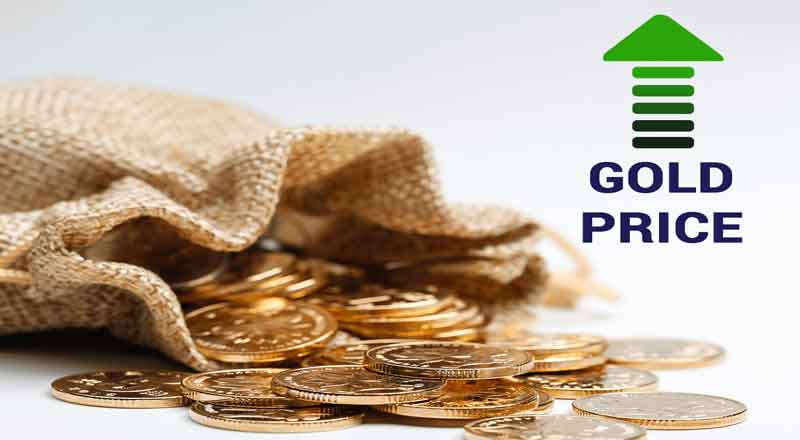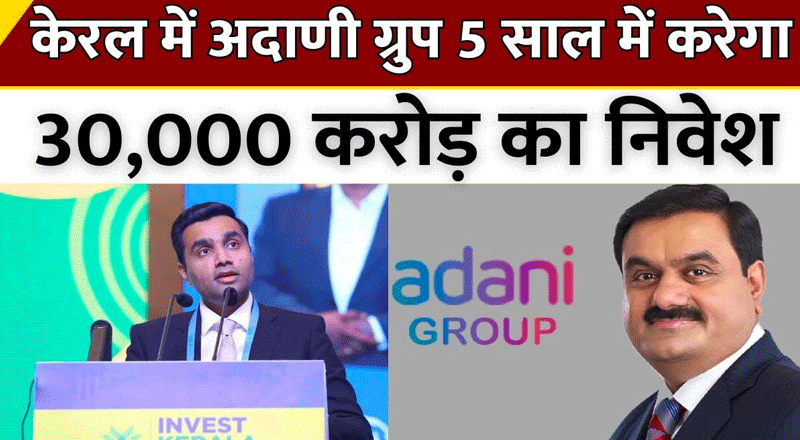Gold prices have reached new heights, creating a buzz in the market. The value of gold has surged dramatically in recent days, with prices in India climbing to record levels, largely driven by global uncertainties and economic shifts. This surge in prices is influenced by various domestic and international factors. Let’s take a closer look at what’s driving the rise in gold prices and whether this trend is expected to continue.
Record High Gold Prices in India
Gold has been shining brightly in India, hitting an all-time high of ₹76,000 per 10 grams on September 25, 2024. This is part of a broader global trend, with spot gold prices overseas reaching $2,662 (approximately ₹2,22,752 per ounce), nearly matching its all-time high of $2,670.43. Experts are predicting that this upward trend will persist for the foreseeable future.
In India, the prices of 24-carat gold stood at ₹75,280 per 10 grams, while 22-carat gold was priced at ₹69,007 per 10 grams. The yellow metal has seen a significant rise this year, with gold appreciating by about 30% in dollar terms globally, and 19% in India alone.
Why Are Gold Prices Rising?
- Global Uncertainty and Safe-Haven Demand
One of the primary reasons for the surge in gold prices is its status as a safe-haven asset. During times of political and economic uncertainty, investors flock to gold for security. The ongoing conflict in West Asia, particularly the tensions between Israel and Hezbollah, has created widespread concerns about a larger regional conflict. This fear has fueled a rush toward gold as investors seek to protect their wealth from market volatility.
According to financial experts and senior market analyst, economic turbulence has led many to consider gold as a key part of their investment portfolios. As geopolitical risks increase, so does the demand for the yellow metal.
- Weakening US Dollar and Lower Interest Rates
The US dollar, which has an inverse relationship with gold, has been weakening, further contributing to the rise in gold prices. A weaker dollar makes gold more affordable for overseas buyers, driving up demand. Recently, the US dollar neared a 14-month low, creating an opportunity for global buyers to increase their gold holdings.
Moreover, the US Federal Reserve’s recent interest rate cuts have played a significant role in this surge. In September, the Fed slashed interest rates by 50 basis points, making gold a more attractive investment. Lower interest rates reduce the opportunity cost of holding non-yielding assets like gold, encouraging investors to shift their focus to the precious metal. There are also expectations of additional rate cuts in the coming months, which could further elevate gold prices.
- Increased Gold Purchases by Central Banks
The Reserve Bank of India (RBI) has also been actively purchasing gold, adding to its reserves. In the six weeks leading up to September 6, the RBI bought 10.3 tonnes of gold, bringing its total purchases for the year to 50 tonnes. This makes the RBI one of the largest gold buyers in 2024.
This trend is not limited to India; central banks around the world, including China, have been increasing their gold reserves as part of their monetary policy. China’s recent interest rate cuts have boosted demand for gold among its investors, further contributing to the global price surge.
Domestic Factors Driving Demand
- Festive Season Boost
In India, the festive season plays a critical role in gold demand. The surge in prices coincides with key festivals such as Durga Puja, Navratri, and Diwali, when demand for gold traditionally spikes. Colin Shah, Managing Director of Kama Jewellery, points out that while demand may soften slightly during the Shraadh period, it is expected to pick up as the festive season gets into full swing. Festivals and weddings in India are periods of high gold consumption, driving both demand and prices.
- Record Gold Imports and ETFs
India also reported a significant rise in gold imports in August, totalling 140 tonnes valued at $10.1 billion. This increase in imports was largely driven by anticipation of higher demand ahead of the festive season and lower import duties on gold.
Additionally, gold exchange-traded funds (ETFs) have seen record inflows. In August, ETFs received inflows of $238 million, marking a significant uptick compared to earlier months in 2024. This increased demand for ETFs is another indicator of the growing interest in gold as a secure investment option.
Will Gold Prices Continue to Climb?
The combination of global economic uncertainties, central bank purchases, and domestic demand indicates that gold prices are likely to remain high in the coming months. Financial experts predict that with the ongoing geopolitical tensions, weak US dollar, and further interest rate cuts, gold will continue its upward trend.
Kaynat Chainwala, assistant vice-president at Kotak Securities, also highlights the impact of US economic indicators such as the Consumer Confidence Index, which saw its largest decline in three years. This has fueled expectations of more aggressive rate cuts by the Federal Reserve, which in turn could push gold prices even higher.
To Conclude, Gold prices in India and across the globe are being driven by a mix of geopolitical tensions, economic uncertainty, and central bank policies. As investors seek safe-haven assets and central banks increase their reserves, the yellow metal continues to glitter brighter. With the festive season in full swing in India and further economic shifts expected worldwide, gold prices are likely to maintain their elevated status in the near future.
(With inputs from agencies)





